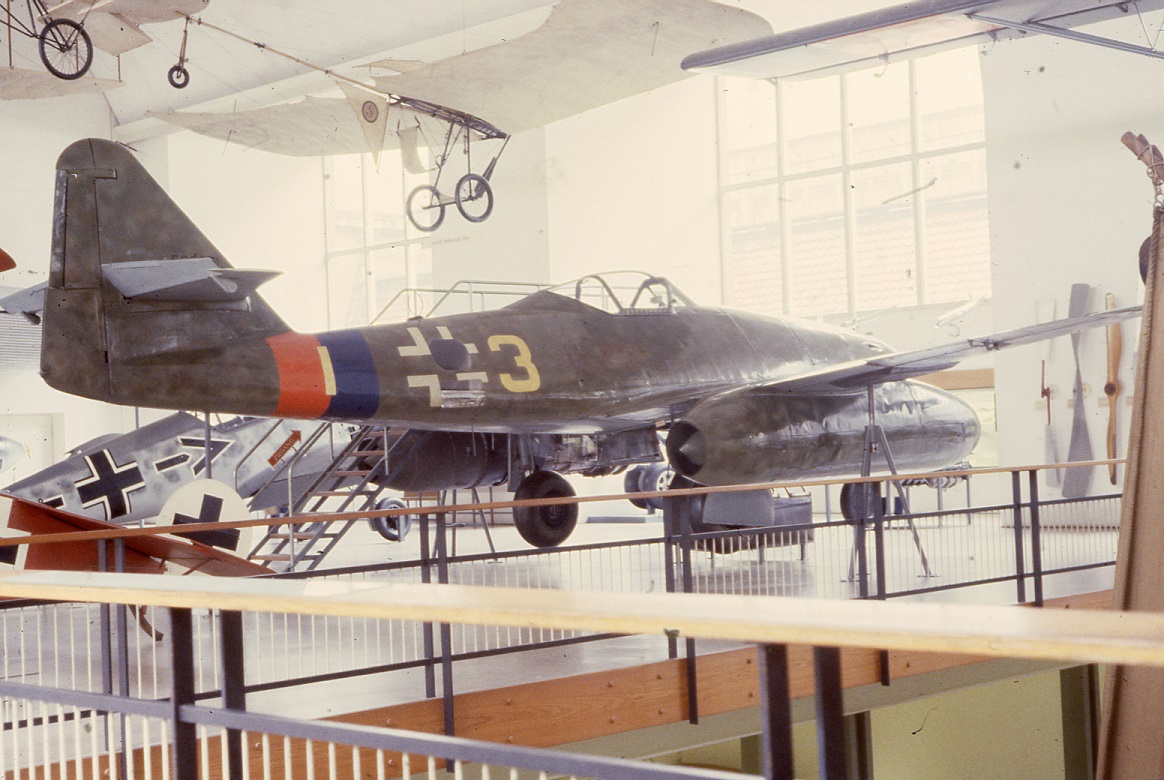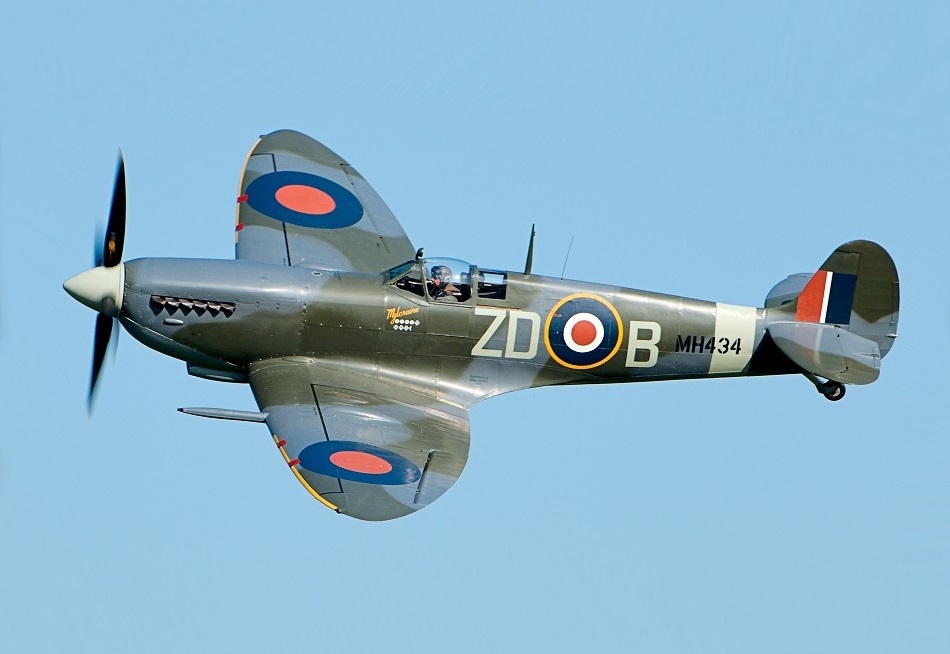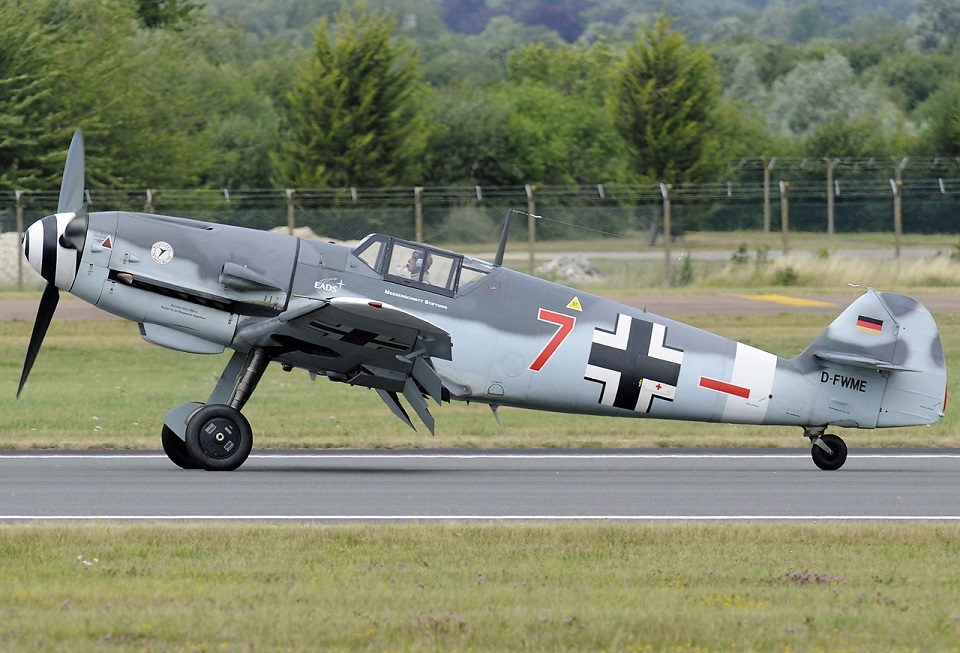Projects
Something that has been a long time in the making is a book about WW2 aircraft performance. However, this project was set aside temporarily to complete the recently published book WW1 aircraft performance. The book about WW2 aircraft has come a long way but there is still much to add in terms of simulations and analysis. The contents of this book will be along the same lines as in the WW1 book, but will in addition have chapters where the effects of compressibility, roll performance, and the philosophies of the designers of the time are analysed. However, the book will of course cover the same comparisons of speed, climb, dive, dive and zoom, sustained and instantaneous turn performance as the book about WW1 aircraft, since these are the most important metrics to see how the different aircraft compare in terms of flight performance.
Added to this the book will with the aid of C++ simulations also look into some “what if” scenarios such as how would a Spitfire with less wing area have performed against the Me-109 E in 1940, and would it have been a good idea to increase the wing area of the a late Me-109 G/K series? In addition, did Guido Mutke really break the sound barrier already in WW2 in an Me-262 Schwalbe jet? Wikipedia claims so but according to the simulations results that will be presented in the book this is doubtful.
I have already done a large amount of the other simulations needed for the book and I’m also working on a draft, and if the book WW1 aircraft performance garners enough interest, I plan to publish the book on WW2 aircraft performance as well and then at a later date perhaps also extend the modelling to include the aircraft of the Korean war, the 1960’s and 70’s Middle Eastern and the Vietnam conflicts.

Guido Mutke's Me-262 now resides at the Deutches Museum in Münich.

Various Spitfire versions will be covered in the book about WW2 Aircraft Performance.
